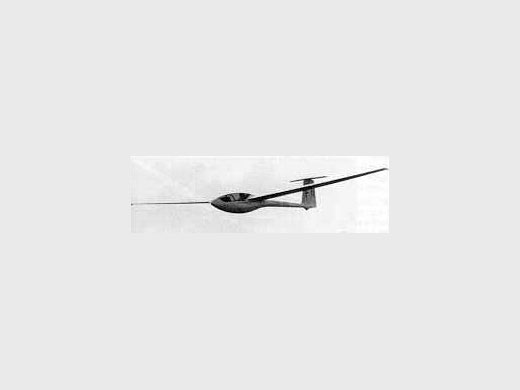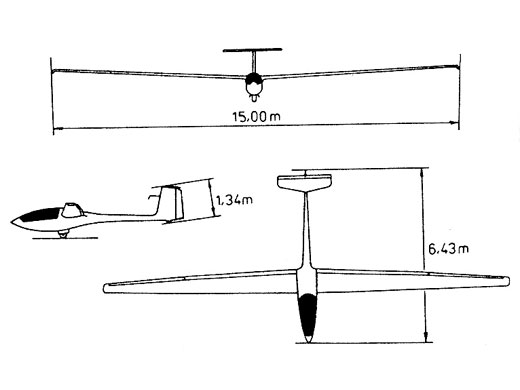| Constructeur(s) | | Constructeur | Construits | | Eiri-Avion O/Y (Finlande) | -- | | Nombre total de constructions | -- |
|
|
| Infos techniques | Empennage en T.
20A : première version. Volets servant exclusivement de freins.
20B : Les volets deviennent réglables et servent aussi à modifier la courbure.
20C : suite à une modification du règlement de la classe standard, les volets sont supprimés et des aérofreins de type Schempp-Hirth sont installés. Roue rétractable.
20D (1976) : classe 15 mètres, équipé de volets et d'aérofreins. |
| Histoire résumée | [Wikipedia]
The PIK-20 is a Standard Class sailplane designed at the Helsinki University of Technology by Pekka Tammi, with advice from Ilkka Rantasalo and Raimo Nurminen. The prototype first flew in October 1973. It was produced initially by Molino O/Y who were taken over by Eiri-Avion O/Y between 1974 and 1980.
[Alex Sailplane Directory]
The Pik-20 was designed as a 15 m. racing class, all-fiberglass sailplane with water ballast, retractable gear and 90 degrees trailing edge flaps for landing. The B model added flap-aileron interconnection and more water, which could be retrofitted to earlier models. Carbon fiber spars were optional on early B models, but later became standard. Ingo Renner won the 15 m. class at the 1976 World Championships at Rayskala, Finland in a B-model, and others finished 2nd, 3rd and 5th. The Pik-20D added Schemmpp-Hirth air brakes and full-span ?flaperons? which operate differentially for roll control and deflect from ?12 degrees to +16 degrees for cruise or approach control. The ?20D features carbon fiber spar caps and carbon reinforcement strips ar critical locations in the fiberglass monocoque fuselage. On later production models the nose profile was sharpened, the tail moved 5 inches forward and fuselage fairings recontoured to reduce drag. The PIK-20E is a D sailplane with a retractable Rotax two-cylinder two-cycle engine. A manual crank handle requires about 15 turns to deploy or retract the engine. Specifications are given for the ?20D, with the ?20E in parenthesis. The ?20B and ?20D have ATC.
It was the winning glider at the 1976 World Gliding Championships in Räyskälä, Finland (Ingo Renner PIK-20B) |
| Liens personnalités | Pas de personnalité associée. |
| Remarques | The name PIK is an acronym for Polyteknikkojen Ilmailukerho, the flying club of the Student Union of Helsinki University of Technology. |
| Exemplaires existants |  | Immatriculé : HB-1460 (En état de vol), localisation : Montricher (Suisse) |  | Immatriculé : OH-425X (En exposition), localisation : Suomen Ilmailumuseosäätiö / Finnish Aviation Museum Foundation |  | Immatriculé : ZK-GKG (En état de vol), localisation : New-Zealand |
|




